Victory Device Simulator
TCAD device simulation is key to develop next generation semiconductor devices, giving insights into complex physical phenomena. Victory Device can execute physics-based device simulations to predict and understand device performance.
Benefits
- Electrical, chemical, thermal and optical characterization of advanced semiconductor devices allows for device performance optimization
- Understanding the challenges of current technologies leads to reduced product development time
- Exploration of novel device technologies for next-generation devices
Applications
- Advanced CMOS, Bulk CMOS, PDSOI, FDSOI, FinFET
- Power and RF, BCD, Power Diode, IGBT, Thyristor, GaN HEMT, SiC DMOS, SiC LMOS, etc
- Display Technology – Amorphous-Si, Poly-Si, and IGZO TFT, LED, OLED, MicroLED
- Optoelectronics, CCD, CMOS Image Sensor, Avalanche Photodiode, PiN Photodiode, Solar Cell


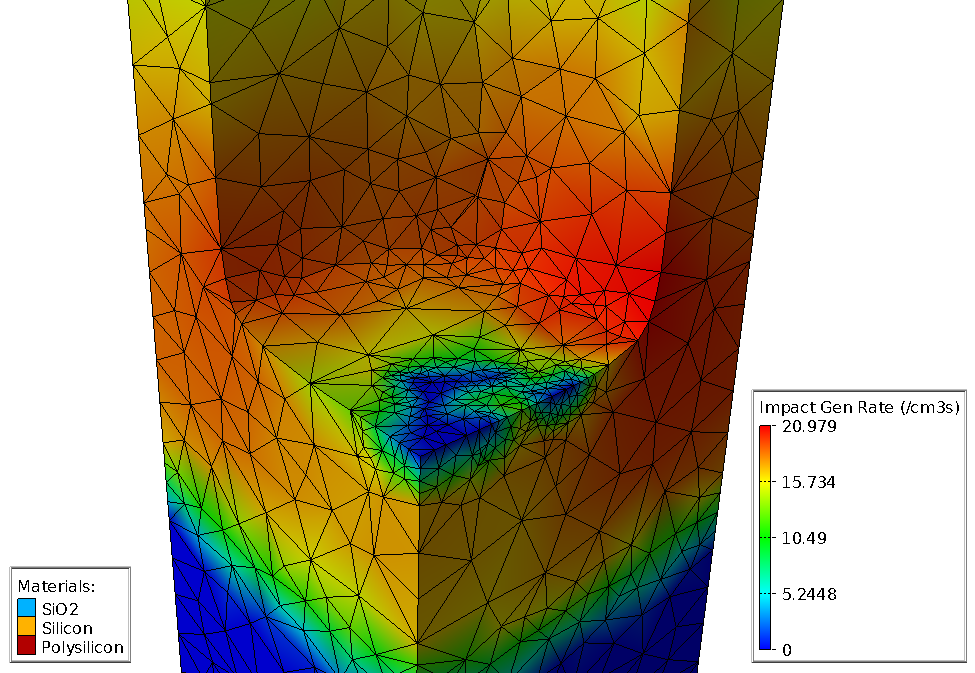

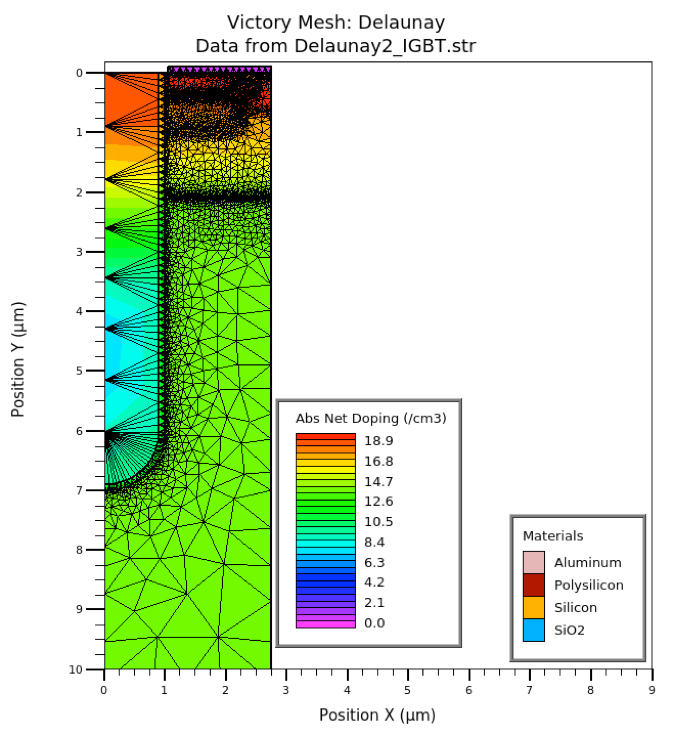
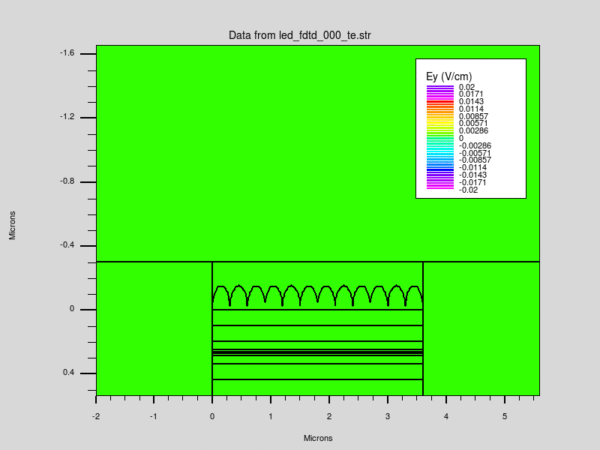
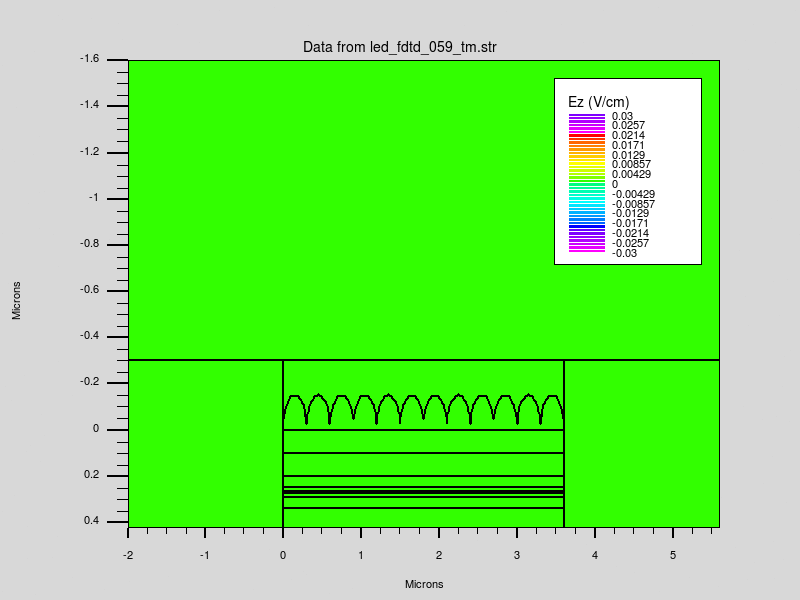
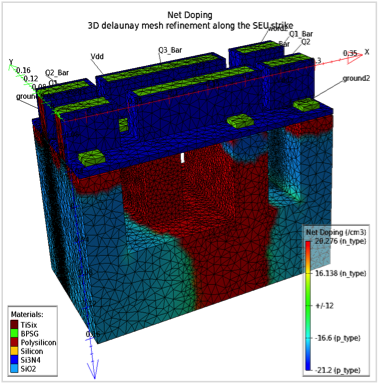
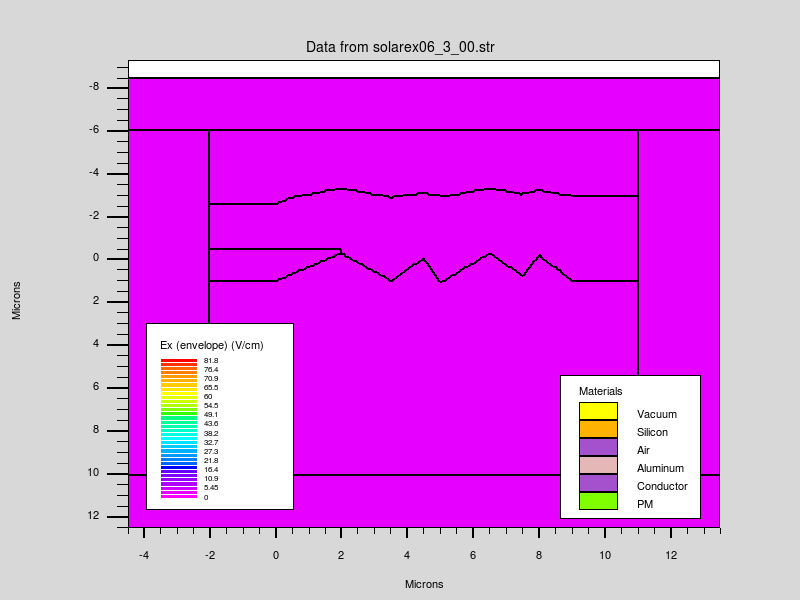
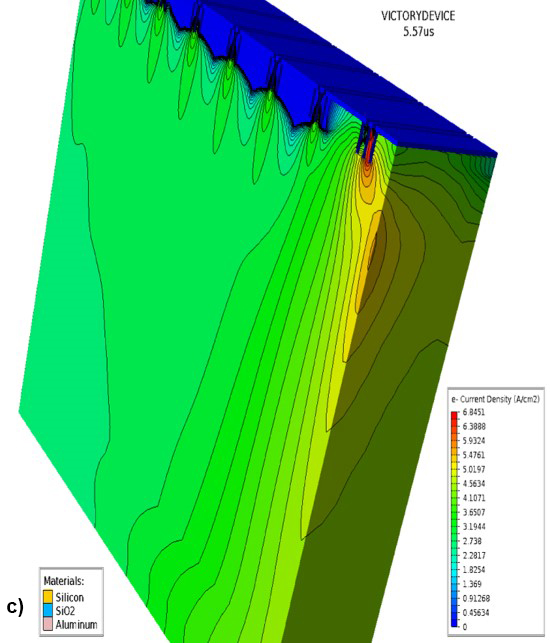
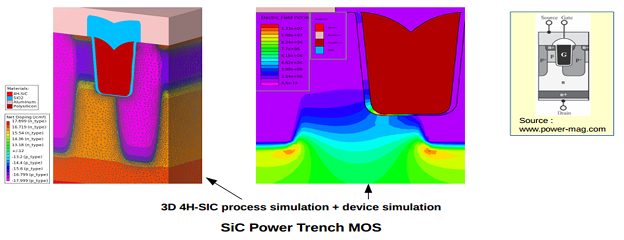
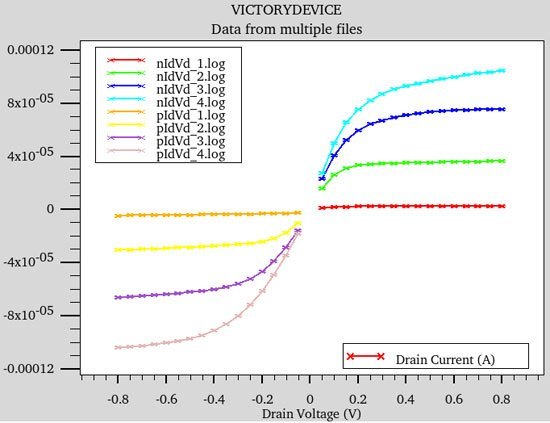
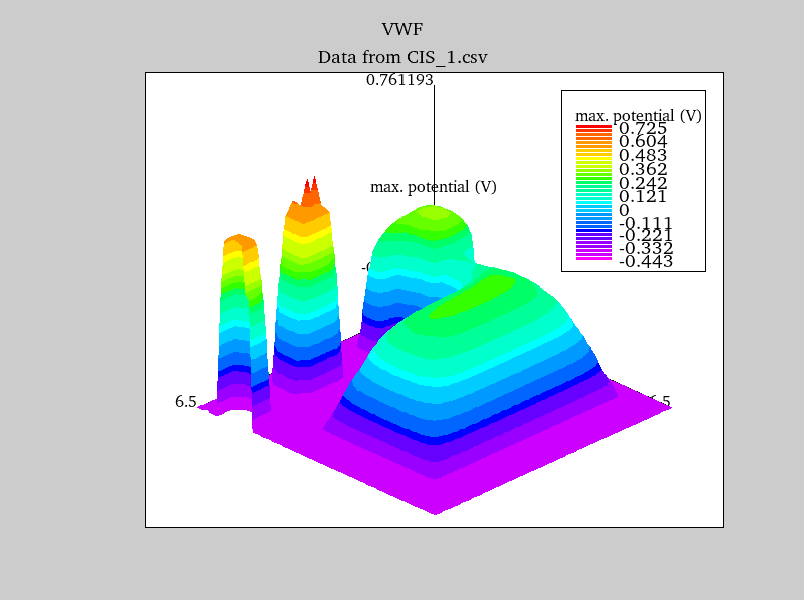
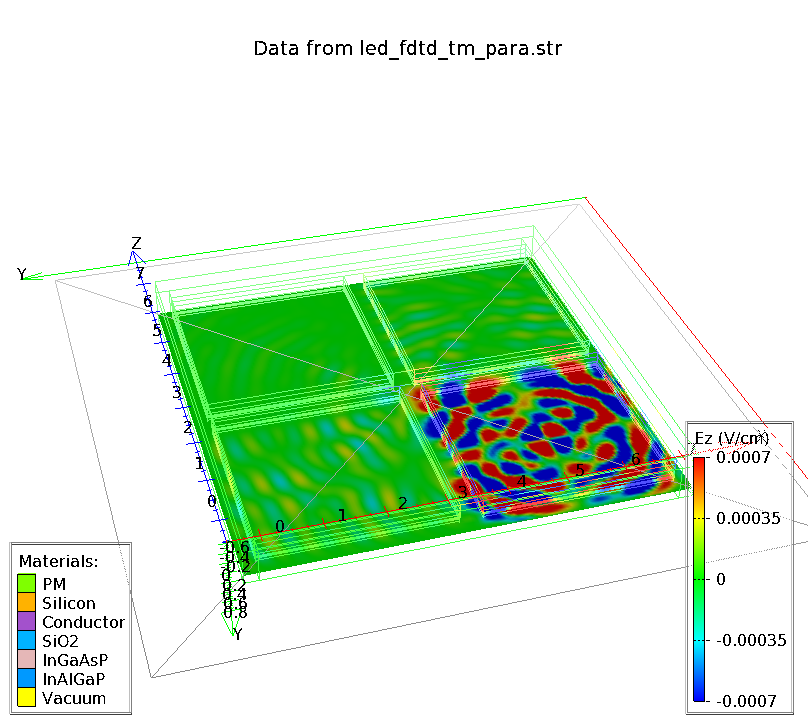
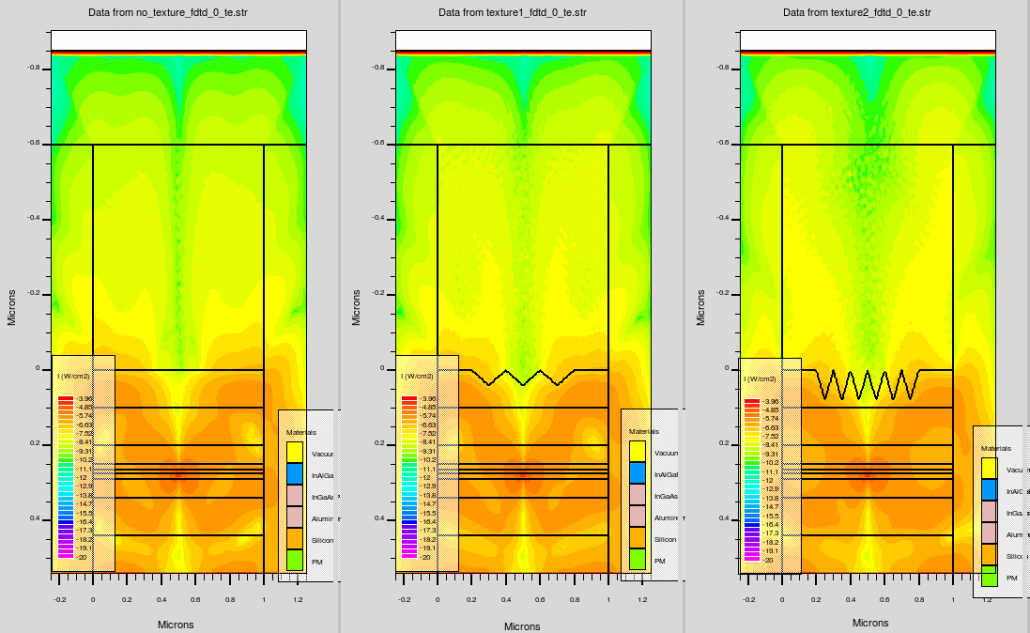
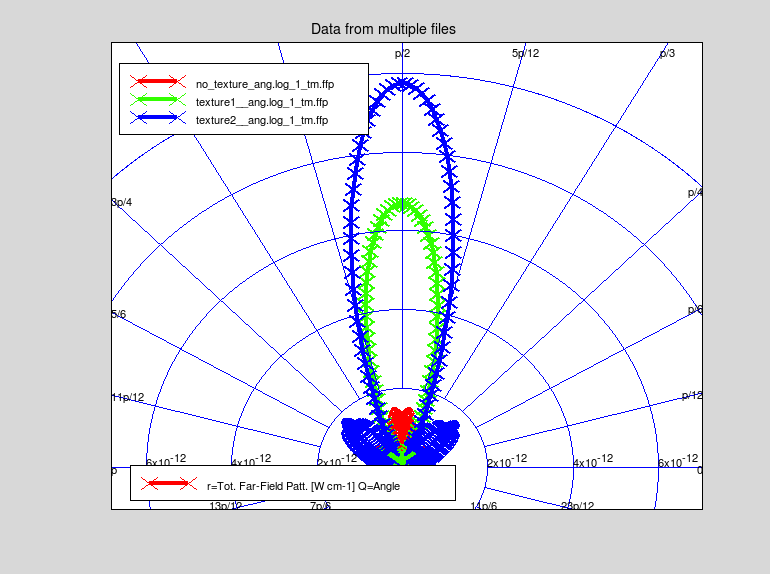
How Can I Re-Use Individual Monte-Carlo 3D Implant Profiles?
Comparison of Models for Fluorine Effect on Dopant Diffusion in CMOS Processes
Setting up the Wafer Orientation: Applications to Ion Implantation
Optoelectronic Component Design for Photonic Integrated Circuits